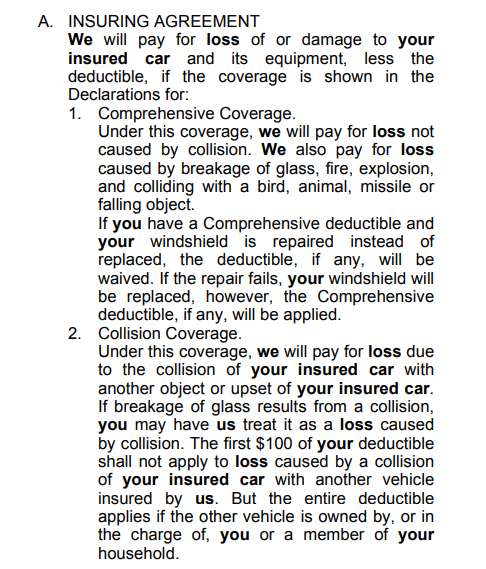Pacific Prime - The Facts
Pacific Prime - The Facts
Blog Article
Our Pacific Prime Diaries
Table of ContentsThe Definitive Guide for Pacific PrimeOur Pacific Prime StatementsFascination About Pacific PrimePacific Prime - The FactsThe Single Strategy To Use For Pacific Prime

This is due to the fact that the information were accumulated for a duration of strong economic performance. Of the approximated 42 million people that were uninsured, just about concerning 420,000 (regarding 1 percent) were under 65 years of age, the age at which most Americans come to be qualified for Medicare; 32 million were grownups in between ages 18 and 65, around 19 percent of all adults in this age; and 10 million were children under 18 years old, about 13.9 percent of all kids (Mills, 2000).
These price quotes of the variety of individuals without insurance are generated from the annual March Supplement to the Current Population Study (CPS), conducted by the Census Bureau. Unless or else noted, nationwide price quotes of individuals without medical insurance and proportions of the populace with different sort of protection are based on the CPS, the most extensively utilized source of quotes of insurance policy protection and uninsurance rates.
What Does Pacific Prime Do?

Still, the CPS is especially useful due to the fact that it generates yearly price quotes fairly quickly, reporting the previous year's insurance protection estimates each September, and because it is the basis for a constant collection of price quotes for greater than two decades, enabling evaluation of fads in protection gradually. For these factors, as well as the comprehensive use of the CPS in various other studies of insurance policy coverage that are provided in this record, we depend on CPS estimates, with constraints kept in mind.

The price quote of the number of without insurance people increases when a population's insurance standing is tracked for a number of years. Over a three-year duration starting early in 1993, 72 million people, 29 percent of the united state population, were without protection for at the very least one month. Within a solitary year (1994 ), 53 million people experienced at least a month without insurance coverage (Bennefield, 1998a)
6 out of every 10 uninsured grownups site here are themselves utilized. Although functioning does enhance the probability that one and one's member of the family will have insurance, it is not a guarantee. Even participants of households with two full-time wage earners have practically a one-in-ten opportunity of being uninsured (9.1 percent uninsured price) (Hoffman and Pohl, 2000).
Our Pacific Prime Ideas
New immigrants make up a significant percentage of people without health insurance. One evaluation has actually associated a considerable section of the recent growth in the size of the U.S. without insurance population to immigrants that got here in the country between 1994 and 1998 (Camarota and Edwards, 2000). Recent immigrants (those who pertained to the USA within the past four years) do have a high rate of being uninsured (46 percent), however they and their kids make up simply 6 percent of those without insurance nationally (Holahan et al., 2001).
The connection in between health insurance and access to care is well developed, as recorded later on in this phase. The relationship between health and wellness insurance coverage and health and wellness results is neither straight neither simple, a substantial medical and health and wellness solutions study literature web links wellness insurance coverage to better access to care, far better quality, and enhanced personal and population health status.
Levels of evaluation for analyzing the results of uninsurance. This conversation of medical insurance coverage concentrates mainly on the united state populace under age 65 due to the fact that virtually all Americans 65 and older have Medicare or various other public insurance coverage. It concentrates particularly on those without any wellness insurance policy for any type of length of time.
All About Pacific Prime
The issues dealt with by the underinsured are in some respects comparable to those dealt with by the without insurance, although they are generally less severe. Health insurance policy, nonetheless, is neither needed nor enough to get access to clinical solutions. The independent and straight effect of health and wellness insurance policy protection on access to health solutions is well established.
Others will certainly get the healthcare they require even without health and wellness insurance policy, by spending for it out of pocket or seeking it from providers that offer care free or at highly subsidized prices. For still others, health and wellness insurance coverage alone does not guarantee receipt of treatment as a result of various other nonfinancial obstacles, such as an absence of health care suppliers in their area, restricted access to transport, illiteracy, or linguistic and cultural differences.
The smart Trick of Pacific Prime That Nobody is Discussing
Official research regarding without insurance populaces in the USA dates to the late 1920s and very early 1930s when the Board on the Cost of Healthcare created a collection of records concerning funding doctor workplace sees and hospitalizations. This problem ended up being significant as the numbers of medically indigent climbed up during the Great Depression.
Report this page